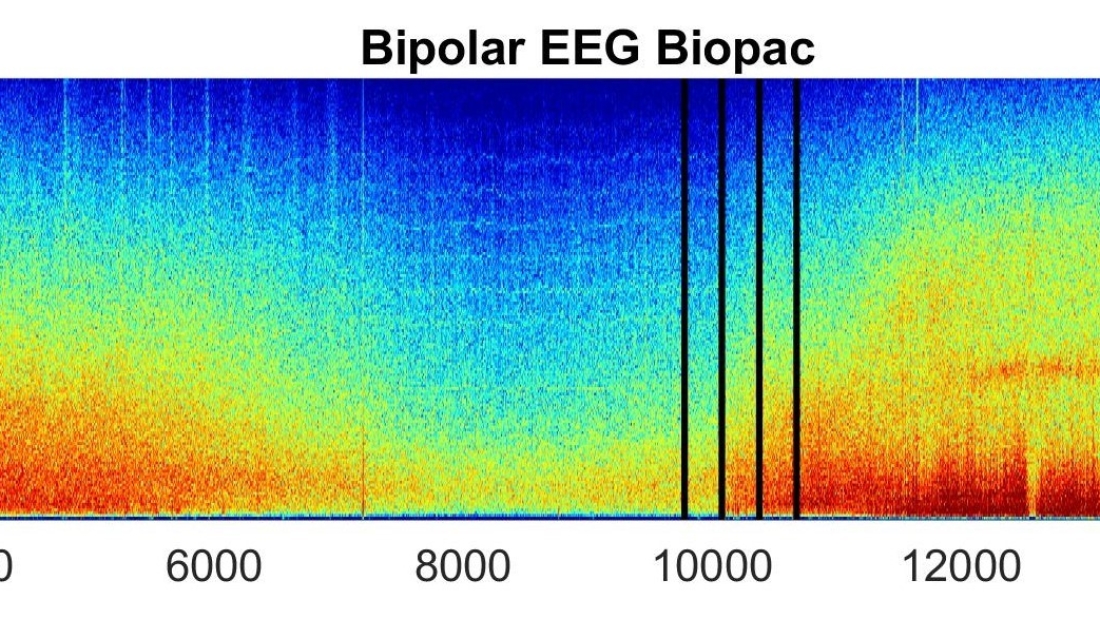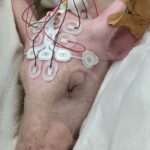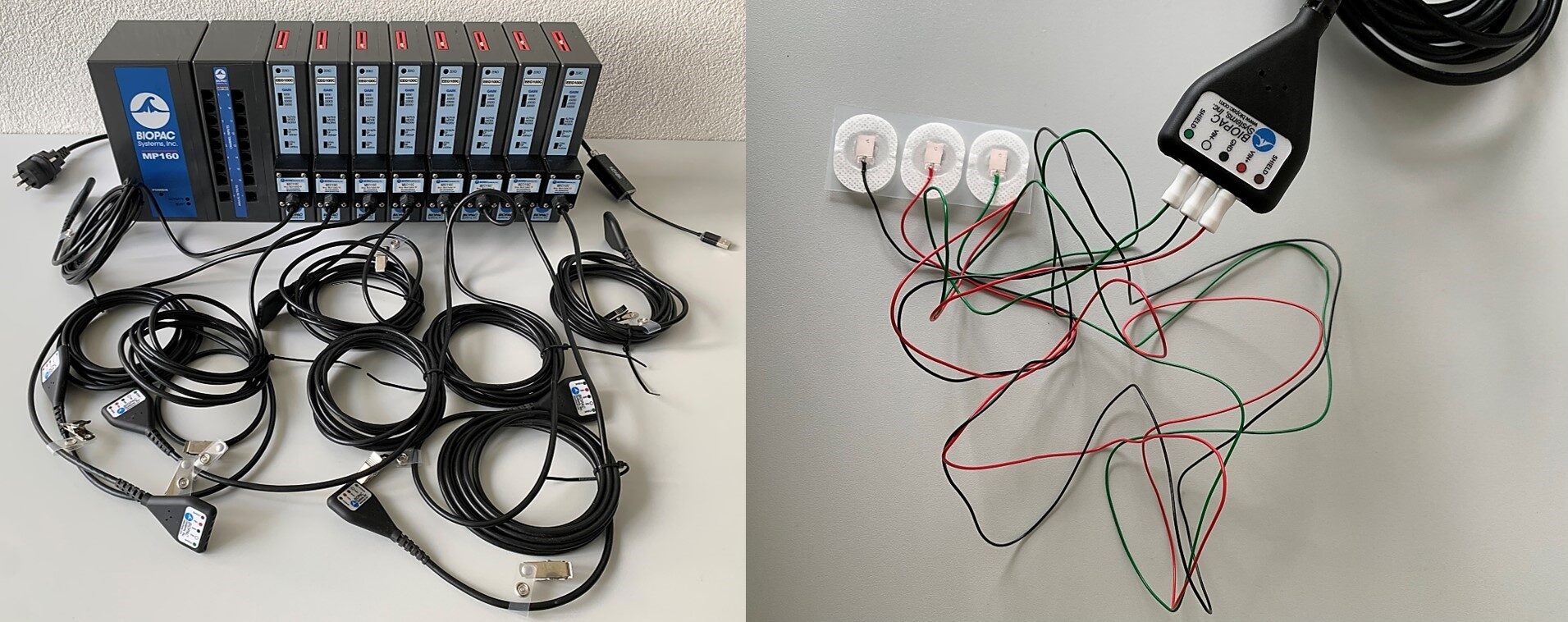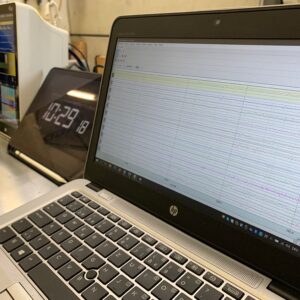Die Fördersumme unserer Stiftung zugunsten der Forschenden der Universität Bern beträgt im Jahr 2021 insgesamt CHF 329’316.–. Die Antragssumme belief sich auf total CHF 470’605.–, verteilt auf 41 Gesuche.
Die Förderbeiträge werden finanziert aus dem allgemeinen Betriebsfonds unserer Stiftung, der Zuwendung der IMG Stiftung, dem Beitrag aus dem BEKB Förderfonds, der Zuwendung der Stiftung Artisana, der Zuwendung für Nachwuchsforschende und dem Legat Schwemer. Die Stiftung hat aktuell die Möglichkeit, über insgesamt sechs Fördergefässe Beiträge an die Forschenden auszuschütten. Mehr Informationen dazu finden Sie hier. Der allgemeine Betriebsfonds finanziert sich durch den Ertrag der Wertschriften und Spenden von Privatpersonen, Stiftungen und Firmen, mehrheitlich aus dem Kanton Bern.





